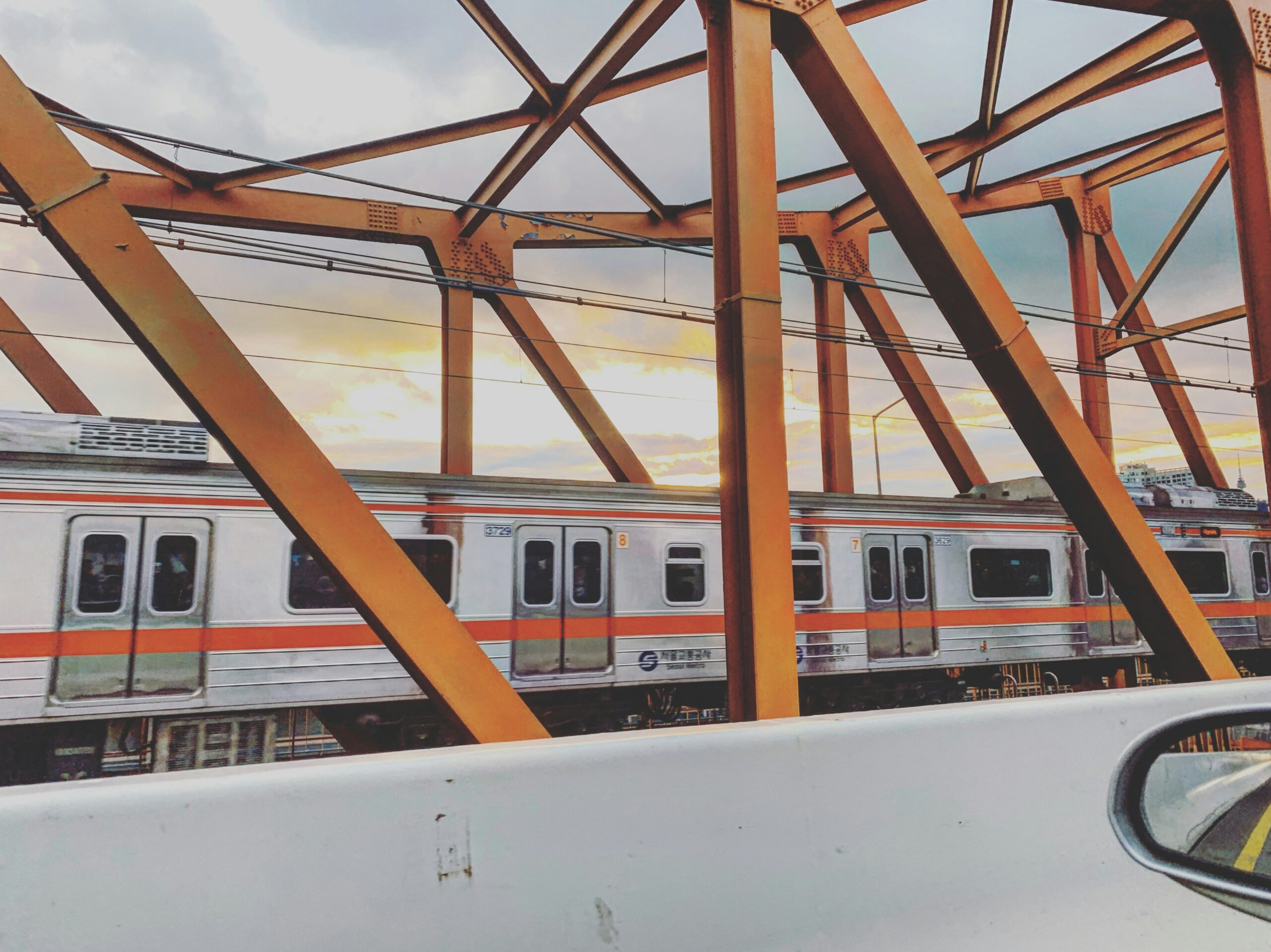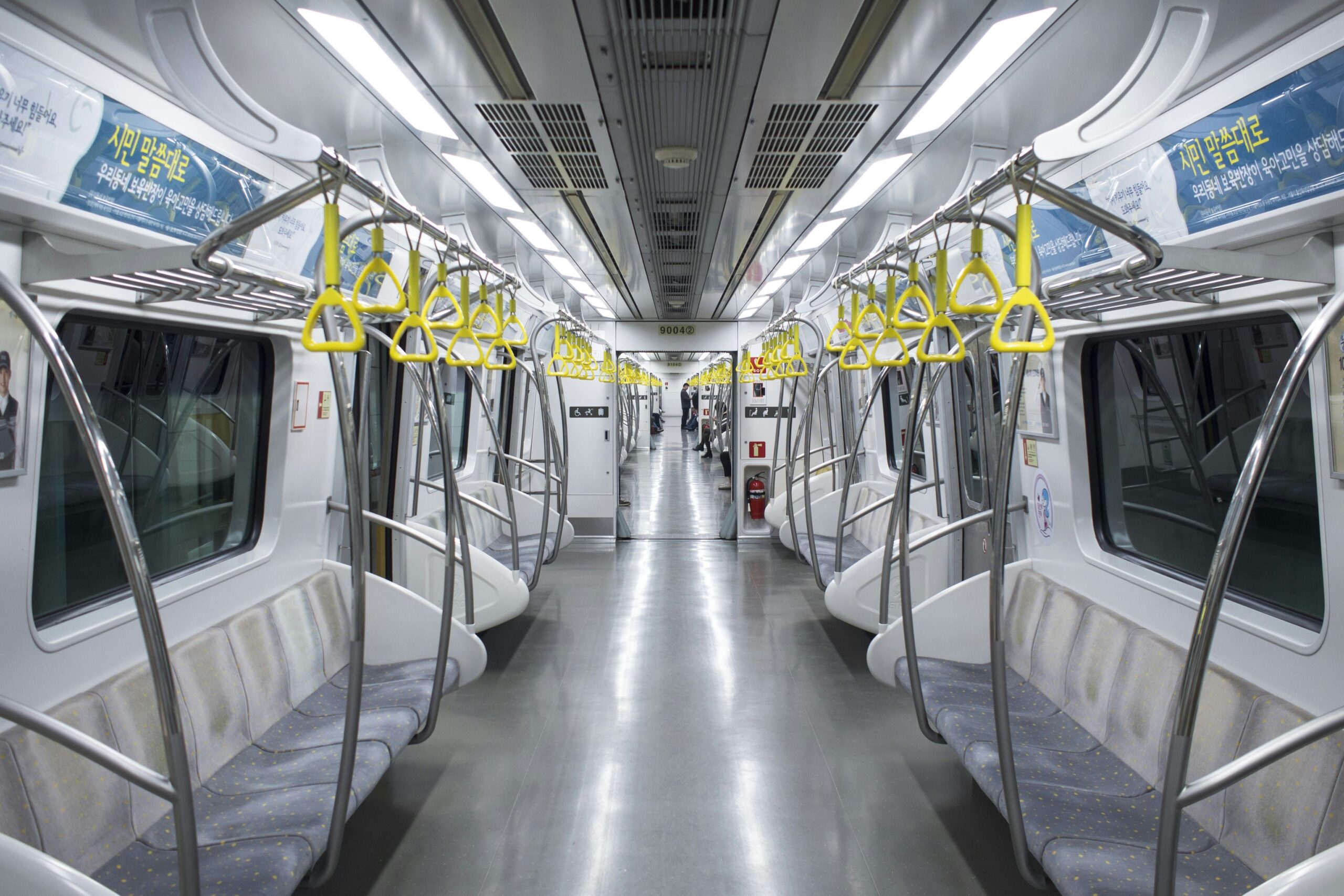This guide covers “Seoul’s Subway,” detailing its structure, ticketing, usage, transfers, etiquette, and tips for efficient travel, enhancing the experience for foreigners navigating this extensive system.
Seoul’s subway system is a marvel of modern urban transportation, known for its efficiency, cleanliness, and extensive reach. As one of the largest and most comprehensive subway systems in the world, it serves as a vital backbone for daily commuting in the city. For foreigners living in or visiting Seoul, understanding how to navigate this complex network can significantly enhance their travel experience. This guide provides an in-depth look at Seoul’s subway system, covering its structure, ticketing, transfers, etiquette, and useful tips for efficient travel.

Overview of Seoul’s Subway System
1. Structure and Lines
Seoul’s subway system consists of 23 lines, each identified by a unique number and color. The lines are operated by multiple organizations, including Seoul Metro, Korail, and Incheon Transit Corporation, yet they are seamlessly integrated, allowing for easy transfers between lines.
Major Lines:
- Line 1 (Dark Blue): Running from the northern to the southern outskirts of the city, this line connects key locations such as Seoul Station and City Hall.
- Line 2 (Green): The circular line that encircles downtown Seoul, making it one of the most heavily used lines. It connects major districts like Gangnam, Hongdae, and Jamsil.
- Line 3 (Orange): Running from the northwest to the southeast, it connects the city center with areas like Apgujeong and Sinsa.
- Line 4 (Light Blue): Serving the northeastern and southwestern parts of Seoul, it connects to popular destinations like Dongdaemun and Myeongdong.
- Line 5 (Purple): This line runs from the western to the eastern parts of Seoul, including stops at Gimpo Airport, Yeouido, and Gangdong.
- Line 6 (Brown): Covering the northwestern to southeastern parts of the city, this line passes through Itaewon and connects with Line 7.
- Line 7 (Olive Green): Running from the north to the south, it connects Jangam in the north to Bupyeong in Incheon.
- Line 8 (Pink): This line serves the southeastern parts of Seoul, connecting Amsa to Moran.
- Line 9 (Gold): Known for its express trains, this line runs from Gaehwa to VHS Medical Center, passing through the bustling Gangnam area.
- Line 10 to Line 23: These lines include various lines extending into surrounding areas and satellite cities, providing connectivity beyond central Seoul.
Additional Lines:
- AREX (Airport Railroad Express): Connecting Incheon International Airport and Gimpo Airport to Seoul Station, this line is crucial for international travelers.
- Bundang Line (Yellow): Connecting Wangsimni in Seoul to Suwon in Gyeonggi Province, it serves the southeastern part of the metropolitan area.
- Gyeongui-Jungang Line (Dark Blue): This line runs from Munsan near the North Korean border to Jipyeong, passing through central Seoul.
- Suin Line (Yellow): Extending from Oido to Incheon, it serves the southwestern part of the metropolitan area.
- Gyeongchun Line (Sky Blue): Running from Sangbong in Seoul to Chuncheon in Gangwon Province, this line connects the capital to eastern regions.
- Shinbundang Line (Red): A high-speed line running from Gangnam in Seoul to Gwanggyo in Suwon, it is known for its driverless trains.
- EverLine (Light Green): This line serves the Yongin area, connecting to the Everland theme park.
- U Line (Pink): A light rail line serving the Uijeongbu area north of Seoul.
2. Operating Hours and Frequency
- Operating Hours: The subway typically operates from 5:30 AM to midnight. Some lines may have slight variations in their first and last train timings.
- Frequency: During peak hours (7 AM – 9 AM and 6 PM – 8 PM), trains run every 2-3 minutes. During off-peak hours, the frequency is around 5-10 minutes.

Ticketing and Fare System of Seoul’s Subway System
1. Types of Tickets
- Single Journey Ticket: Ideal for one-time travelers. These tickets can be purchased at ticket vending machines in subway stations. A deposit of 500 KRW is included, which can be refunded after use.
- Transportation Cards: T-money and Cashbee cards are the most common rechargeable cards. They offer convenience and discounted fares for frequent travelers.
2. Fare Calculation
- Base Fare: The base fare for adults is 1,250 KRW for the first 10 kilometers. Additional charges apply for distances beyond this.
- Discounts: Children, teenagers, and senior citizens are eligible for discounted fares. T-money and Cashbee cards automatically apply these discounts.
- Transfers: Transfers between subway lines and buses are free within a 30-minute window. Make sure to tap your card on the reader when entering and exiting each mode of transport to register the transfer.
If you need more accurate and updated information, please visit the corresponding page > www.seoulmetro.co.kr
How to Use Seoul’s Subway System
1. Entering the Station
- Ticket Gates: Tap your transportation card or single journey ticket on the card reader at the turnstiles to enter the station. The gate will open once the fare is deducted.
- Signage: Look for signs in Korean and English that indicate the direction of your line and train. Major stations also have signs in Chinese and Japanese.
2. On the Platform
- Train Arrival: Electronic boards on the platform display the arrival times of the next trains. Trains typically arrive every 2-5 minutes during peak hours and every 5-10 minutes during off-peak hours.
- Boarding: Allow passengers to exit the train before boarding. Stand on the sides of the doors to make way for exiting passengers.
3. Inside the Train
- Seating: Priority seats are reserved for the elderly, pregnant women, and people with disabilities. Avoid using these seats if they are needed by others.
- Announcements: Announcements in Korean, English, Chinese, and Japanese provide information about the next station, transfer options, and important notices.
- Etiquette: Keep conversations quiet, avoid eating, and ensure your belongings do not obstruct other passengers.
Transfers and Exiting
1. Transfers
- Transfer Stations: Major stations like Seoul Station, City Hall, and Gangnam have multiple lines intersecting. Follow the signs to transfer to your desired line.
- Tap In and Out: Ensure you tap your transportation card on the card readers when transferring between lines to register the transfer and avoid extra charges.
2. Exiting the Station
- Ticket Gates: Tap your transportation card or single journey ticket on the card reader at the turnstiles to exit the station.
- Refunding the Deposit: If you used a single journey ticket, look for deposit refund machines near the turnstiles to get your 500 KRW deposit back.
Additional Tips and Services of Seoul’s Subway System
1. Tourist Information Centers
- Locations: Many major subway stations have tourist information centers where you can get maps, brochures, and assistance in multiple languages.
- Services: These centers provide information on nearby attractions, transportation routes, and general travel advice.
2. Wi-Fi and Connectivity
- Free Wi-Fi: Most subway stations and trains offer free Wi-Fi. Look for the “Seoul Wi-Fi” network and follow the instructions to connect.
- Mobile Apps: Apps like “Subway Korea” and “KakaoMetro” provide real-time information on train schedules, routes, and transfers. These apps are available in multiple languages, including English.
3. Safety and Security
- CCTV: The subway system is equipped with CCTV cameras for safety and security. Emergency contact points are available on platforms and inside trains.
- Security Personnel: Uniformed security personnel are stationed at major stations to assist passengers and ensure safety.
Conclusion
Seoul’s subway system is a testament to modern urban planning, offering a reliable and efficient means of transportation. With its extensive network, user-friendly ticketing system, and comprehensive signage, it is designed to cater to both locals and foreigners. By understanding the structure, ticketing, transfers, and etiquette, travelers can navigate the subway system with ease and confidence. Whether you are commuting to work, exploring tourist attractions, or simply traveling around the city, Seoul’s subway system is an indispensable part of the journey.
In summary, “Seoul’s Subway” is an intricate yet accessible network that facilitates seamless travel across the city. From purchasing tickets and recharging transportation cards to making transfers and adhering to subway etiquette, this guide provides all the essential information for a smooth and enjoyable travel experience in Seoul.
Related articles you might enjoy: Transportation Cards of South Korea: A Comprehensive Guide


